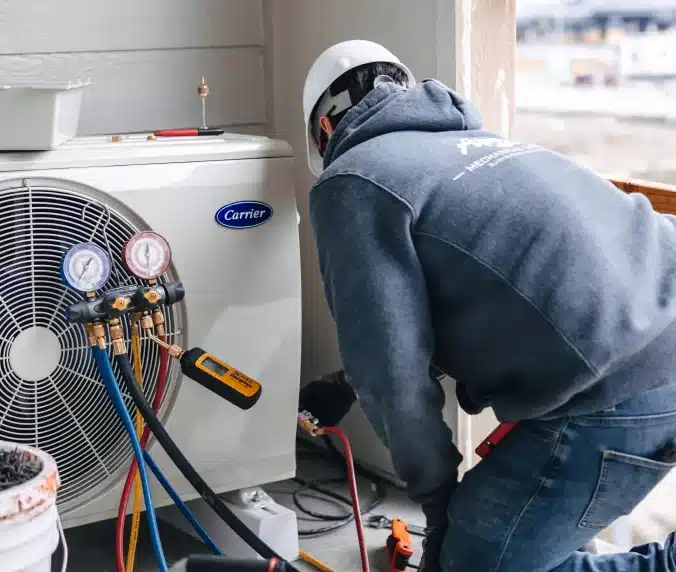

A generation of research and experience has proven that when properly maintained and operated, heating, ventilation, and air-conditioning systems (HVAC) can reduce the spread of viruses. These critical building systems not only provide thermal comfort but, according to the American Society of Heating, Refrigerating and AirConditioning Engineers (ASHRAE), may also improve resistance to infection!
The American Society for Microbiology (ASM) has recently addressed the issue of COVID-19 transmission in the “built environment” (BE), defined as the buildings, automobiles and other indoor settings in which most humans spend more than 90 percent of their daily lives.
There are several major transmission vectors that promote infection in these built environments, the report says, including occupant density, the amount of social activity and interaction, and human contact with abiotic surfaces. The cruise ship industry, nursing homes, and prisons have taught us about the risk of transmission from settings where these vectors intersect. However, we also have learned that proper hand-washing and social distancing work to reduce transmission.
Alongside these primary mitigants, HVAC systems work in a built environment to supply comfortable, clean,
recaptured air, mix in healthy levels of fresh air, and contain or exhaust contaminants. Air delivery systems can reduce the transmission of viruses through inline filtration, something HVAC professionals are capable of assessing.
Turn to the experts at Apollo for Air Conditioning in Pasco, WA and surrounding areas to maintain and service your HVAC system during the pandemic and resurgance of the Delta Variant.
As previously mentioned, HVAC systems and the built environment can play an important role in preventing the spread of viruses. To ensure the proper indoor air purity, a good HVAC system should include some or all of the following:
1. (Demand Controlled) Ventilation: When outside air is not provided via separate devices, the HVAC system should provide outside air based on the size/use of the space. Where possible, the HVAC system should include a sensor for carbon dioxide or other pollutants to calculate and correct in real-time the amount of ventilation needed. It is important to be aware that the increase of the ventilation rate may cause an increase of load, and the HVAC unit, if not properly sized, may not be able to provide sufficient cooling capacity. In such situations, it may be appropriate to consider Direct Outdoor Air Supply (DOAS) units, which are specifically designed for large amounts of outside air.
2. Filtration: Filters are rated on their ability to capture and retain particles of different sizes. The industry standard is a Minimum Efficiency Reporting Value (MERV) rating. Filters with MERV >13 have a significant ability to capture particulate matter (PM) and smaller particles. HEPA filters are even more efficient and are able to capture bacteria and viruses. Note that there are important tradeoffs to consider: the higher the filtration requirements, the greater the air pressure drop and the size of the filter. For this reason, the air management system of the HVAC needs to be carefully sized based on the filtration requirements.
3. Other Indoor Air Quality Devices: Numerous technologies are available to reduce the presence of contaminants. Ultraviolet lights, ultraviolet photocatalytic oxidation, ionization, plasma, electrostatic active, active carbon, and other components can be installed to specifically target volatile organic compounds (VOC), bacteria, and viruses. Some of these options can be available as integral parts of the HVAC system
Quick Links
HVAC Services
© Copyright 2024 All Rights Reserved. Apollo Heating & Air Conditioning